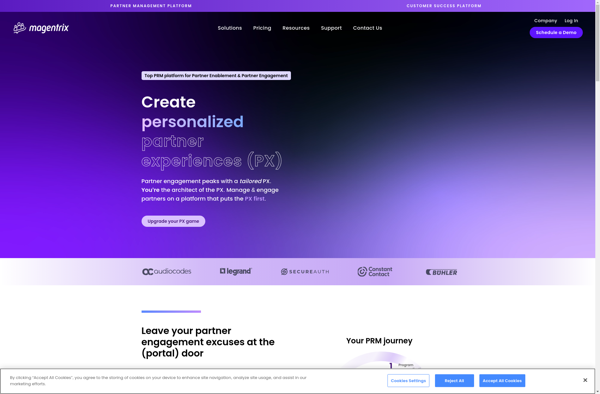Objective-C

Objective-C: A General-Purpose, Object-Oriented Programming Language with Smalltalk-Style Messaging
Discover the features and uses of Objective-C, a powerful programming language that adds messaging to C for iOS and macOS development.
What is Objective-C?
Objective-C is a general-purpose, object-oriented programming language that adds Smalltalk-style messaging to the C programming language. It was originally developed in the early 1980s by Brad Cox and Tom Love at Stepstone. It later became popularized through its usage by NeXT for the NeXTSTEP operating system in the late 1980s.
When Steve Jobs founded NeXT after leaving Apple, Objective-C was chosen as the basis for NeXTSTEP's user interface and application development environment. This led Apple to acquire NeXT in 1996, bringing Objective-C and NeXT technologies to Apple products and paving the way for Mac OS X development.
Objective-C became the main programming language used by Apple for the Macintosh operating system, iOS, watchOS, and tvOS. It enabled rapid development of graphical, event-driven user interfaces and was ideal for Mac and iPhone apps. For many years, Apple's Cocoa and Cocoa Touch frameworks were based on Objective-C.
In 2014, Apple introduced the Swift programming language which began to replace Objective-C for Apple ecosystem development. However, Objective-C is still used alongside Swift and maintains relevance through its extensive use in existing Apple code and third-party libraries and frameworks.
Objective-C Features
Features
- Object-oriented programming
- Dynamic runtime
- Message passing
- Categories
- Protocols
- Generics
- Automatic reference counting
Pricing
- Free
- Open Source
Pros
Cons
Reviews & Ratings
Login to ReviewThe Best Objective-C Alternatives
Top Development and Programming Languages and other similar apps like Objective-C
Here are some alternatives to Objective-C:
Suggest an alternative ❐Python
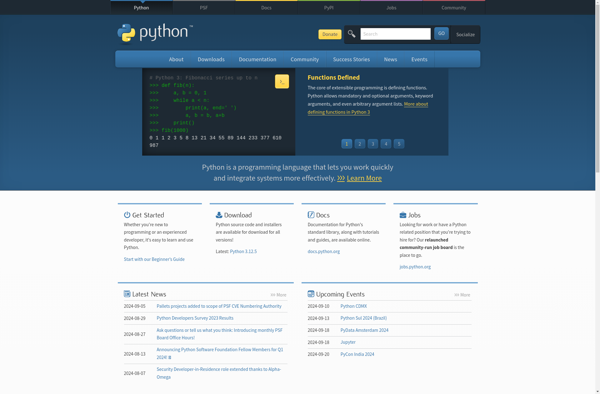
Go (Programming Language)
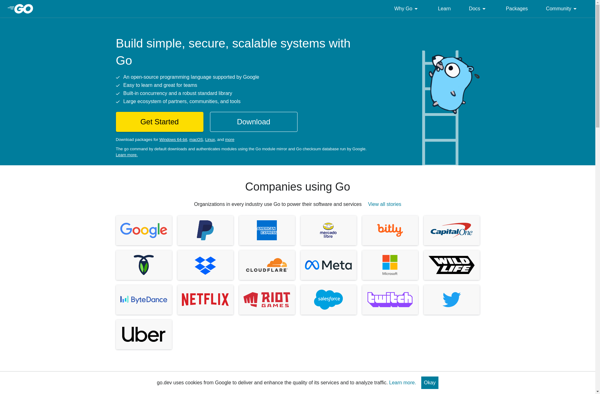
C#

JavaScript
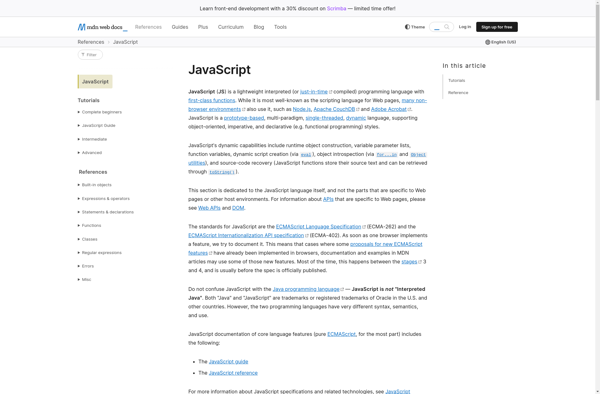
C (programming language)
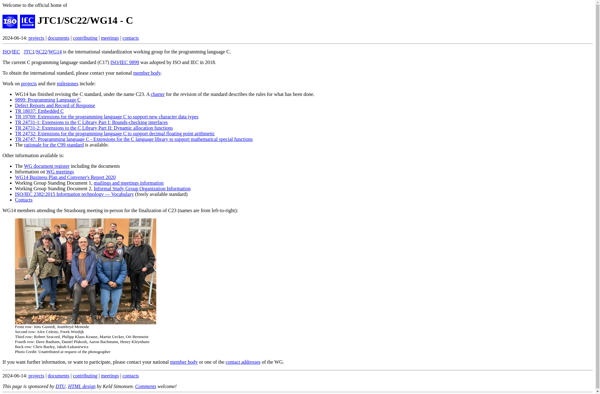
Haskell

Magentrix
